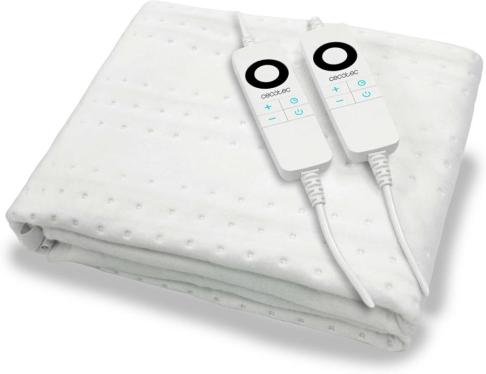Buyers Guide for PAL To NTSC Video Converter
Having the ability to convert the format of your video content and adjust its settings will enable you to optimize your videos for specific platforms and devices. This can be done in numerous ways, which includes using a format with external hardware support that help you optimize the resolution of a particular video based on the display you are using or by following a platform's required settings.
In theory, if you use a PAL to NTSC video converter to optimize a video, it should be able to give you its best possible quality on whichever device or platform you are using. These video converters can help you avoid situations where you purchase an expensive DVD on an international trip but later realize that the format is not supported on your TV.
But before we go into details about why PAL to NTSC video converter is used, you first need to understand the difference between PAL and NTSC.
Let us briefly mention a few technical differences, and then we will further lay out why this may matter to you.
In simpler terms, one of the most vital differences is that NTSC and PAL both tend to specify their methods for transmitting various color information to your television.
Other differences can be found in the picture resolution and frequency of the transmitting signal. NTSC uses 525 scan lines, out of which 486 are visible to us. NTSC also uses 29.97 interlaced frames per second or FPS; this is done on a signal with a frequency of 60 Hertz.
On the other hand, PAL does not set an exact format for such things in its specifications, although PAL uses a pretty standard format. It primarily consists of 625 scan lines, out of which 576 are visible to us. PAL ideally runs 25 interlaced frames per second with a signal of 50 Hertz.
What does this mean for you? And how can a PAL to NTSC video converter help?
This means that NTSC and PAL equipment are not compatible with each other directly. If you have ever previously connected a PAL source to a display that runs on NTSC, it will require something external to change the signal format. Let us presume that this is what you want to do.
To help you understand better, we will use a PAL DVD player with an NTSC television. One of the first things you have to check is what specific type of video connection you are using between these two. Ideally, this will be s-video or composite (the yellow RCA connection).
As long as you use one of these types of connections, you can use a video converter. These PAL to NTSC video converters will help you correct your color transmission, the signal frequency, and the number of scan lines to give you perfect picture quality.
You may even get a less expensive video converter online, but the chances are that it may not convert your signal frequency to the correct format. For this adapter to work, your television must support displaying both 60 Hertz and 50 Hertz signals.
Since this is often never the case, we highly recommend you to use a converter that will handle all types of differences with your signal. Cheap video converters also only support the composite signal type and not the other (s-video) .
There could also be a situation that you want to get PAL cable television or over-the-air television channels on the TV. To do this, you will need to first run your cable connection or your antenna into a PAL tuner which will help you output composite or s-video.
A VCR or a cable box with a tuner in it should get the job done perfectly. The s-video or composite output will then be run via a signal converter and passed to the television.
Similarly, if you wish to play PAL DVDs, tapes, or video games on your television, you must have a compatible player for those particular items.
You need to get a PAL source and then run it through a converter. Note that you cannot use a converter to play PAL DVDs on an NTSC player.
NTSC to PAL/PAL to NTSC video converters
What is the difference?
Both PAL and NTSC are two different types of video formats used in other regions around the globe. It happens many times when people go to a foreign country on vacation and purchase some media to bring back home with them only to realize that their DVD player/TV/gaming console/etc. does not support that video format.
Here in America (and a few other countries), we use the standard NTSC format while most of Europe and numerous other countries use the PAL video format.
How do they work?
People tend to need a PAL to NTSC video converter often because they already own a TV and are shifting to another country.
It would be cheaper for them to bring along the TV with them rather than purchasing a brand-new TV when they get there. You may also require a PAL to NTSC video converter if you've brought a game console, DVD player, or anything else similar with them.
How to find out which converter to buy?
If you move from anywhere in America (or some other country that uses NTSC signal) to England (or any other country that uses PAL signal) and bring with you a DVD player (or a gaming console or any other video playing device) with you and wish to use it on a television that was originally purchased from UK (or whichever country you moved to that uses PAL) you will have to get an NTSC to PAL video converter since the source of your video is NTSC and you have to change it to PAL.
On the other hand, if you were to move from somewhere in the UK (or some other country that uses PAL signal) to America (or any other country that uses NTSC signal) and bring along your gaming console (or any other video playing device like a DVD player) with you and are planning on using it with a television purchased in America (or whichever country you moved to that uses NTSC), you are going to require a PAL to NTSC converter since your video source is PAL and you need to convert it to NTSC.
These PAL to NTSC video converters can help you fix the color scheme and any other resolution problems with your video format but will not change its refresh rate.
If your television does not support 60 hertz or 50-hertz signals, you will have to purchase an even more advanced video converter.
You can find video converters on our website that are much advanced, like what the above paragraph mentions.
These video converters can convert both types of signals to another, no matter if you need to change it from PAL to NTSC or from NTSC to PAL, it can get the job done for you, allowing you to play video content perfectly no matter what device you use.
If you wish to buy a PAL to NTSC video converter that can help you get the job done, you need to visit our web page! We have tons of different options for you to choose from, depending on your needs, wants, and budget.
You can read the product description to find out if the video converter fits your needs or not. You can even choose to contact the seller if you wish to get more information about the product.
If you are not sure about the format you need to convert to or tend to travel a lot worldwide, we suggest you go for an advanced video converter since you will not have to stress about getting the wrong converter.
Top Categories
- 220 volts Phones & Fax Machines
- 220 Volts Irons/ Steam Press
- 220 volts Power tools
- 220 Volts Angle Grinders
- 220 Volts Drills / Drivers
- 220 Volts Paper Shredders
- 220 Volts Garbage Disposals
- 220 Volts Washers
- 220 Volts vacuums
- 220 Volts Blenders
- 220 Volt Region Free Player at SamStores
- 220 Volts Pressure cooker
New PRODUCTS
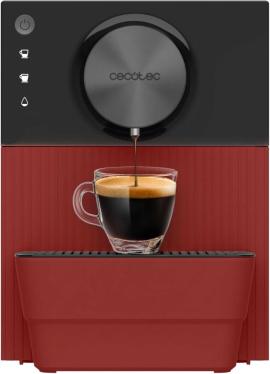 Quick View
Quick View
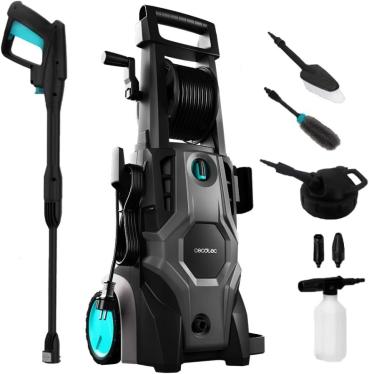 Quick View
Quick View
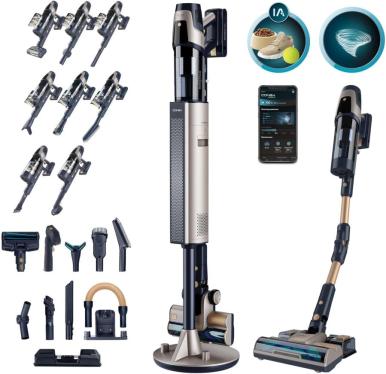 Quick View
Quick View
 Quick View
Quick View
 Quick View
Quick View
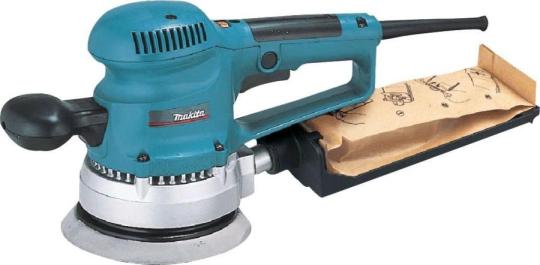 Quick View
Quick View
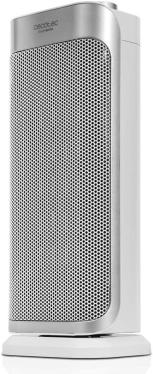 Quick View
Quick View
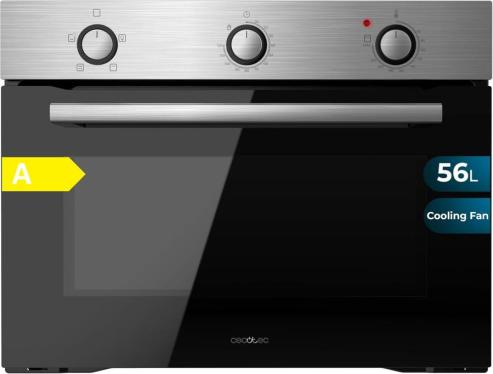 Quick View
Quick View
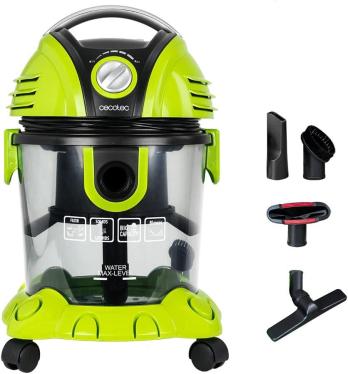 Quick View
Quick View
 Quick View
Quick View




